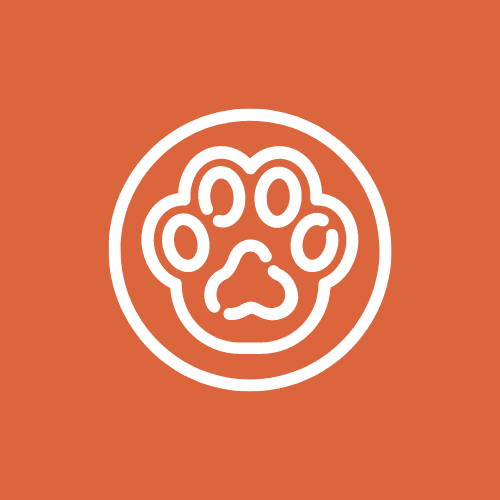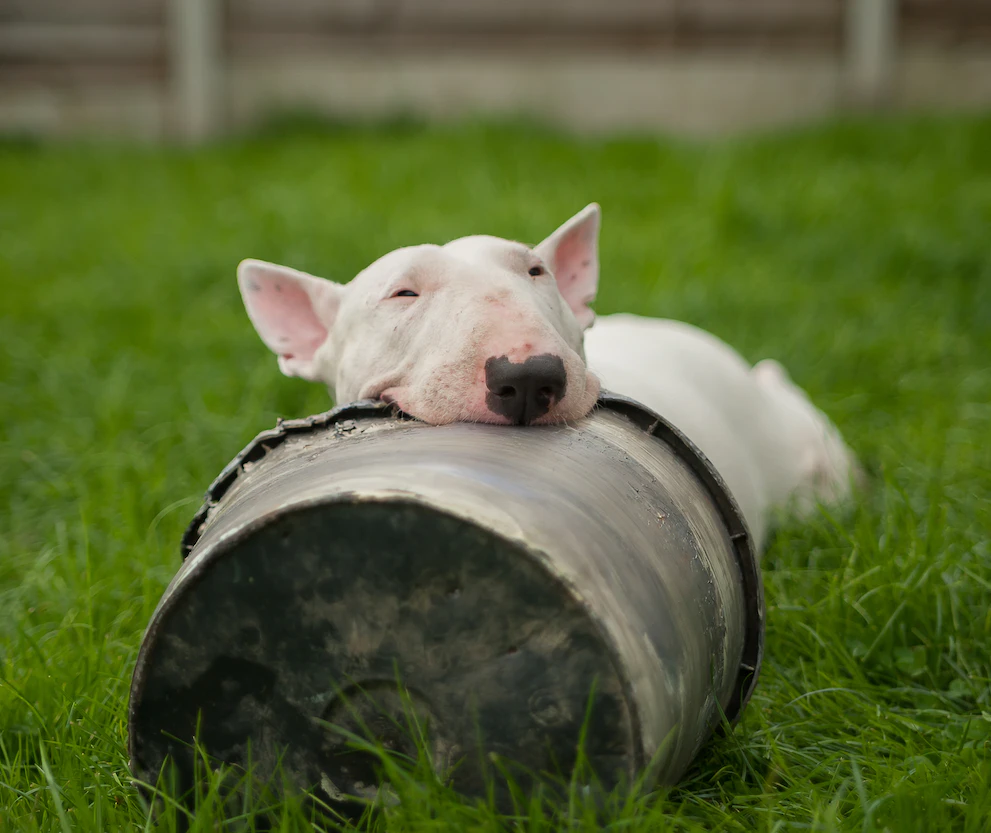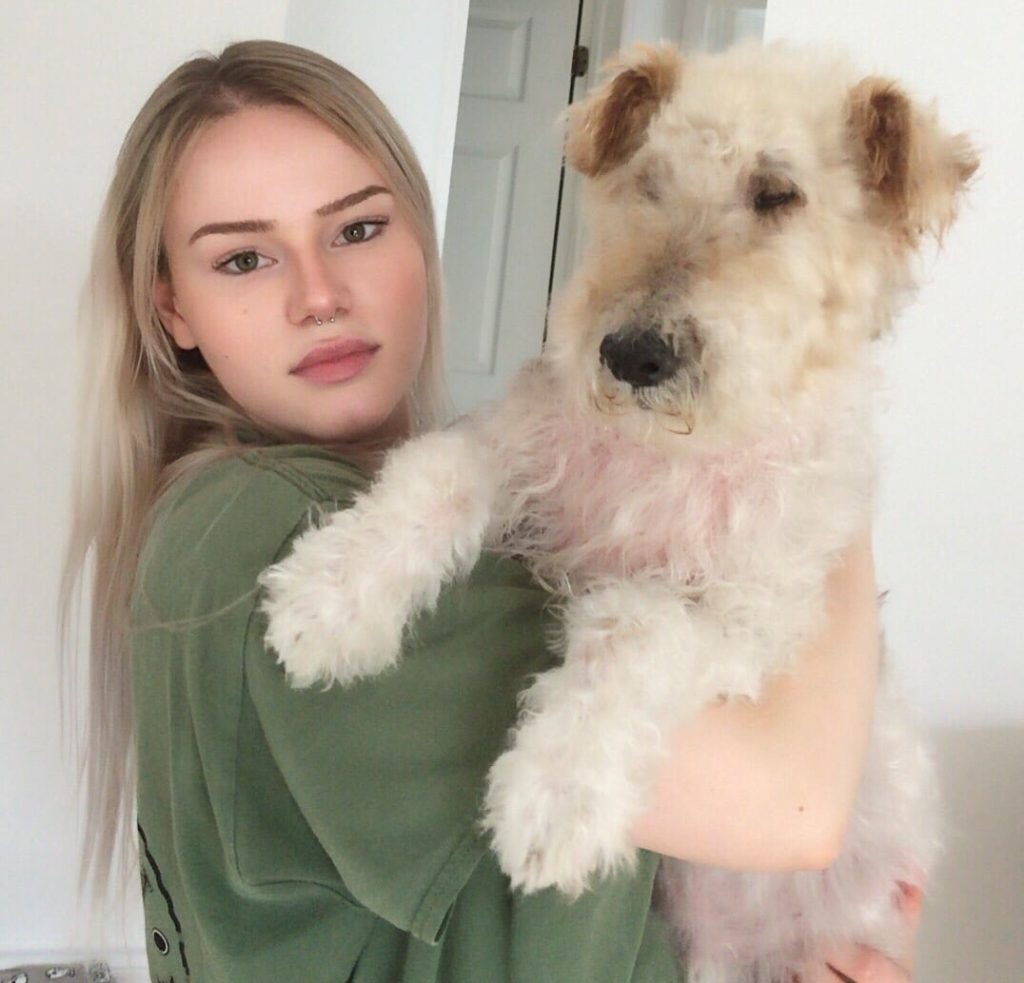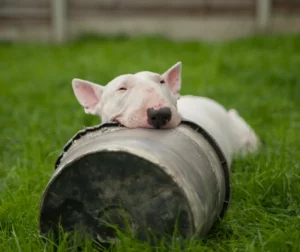Creating a routine for your dog is essential for his mental, emotional, and physical well-being. It reduces anxiety, improves behavior, stimulates your mind and body, regulates your physiological needs, makes training easier, and strengthens the bond you share. A well-established routine is a key component in ensuring a happy and healthy life for your four-legged friend.
Do Dogs Like Routine?
Yes, dogs like routine. They are creatures of habit who find comfort and security in predictability. A well-established routine helps reduce anxiety and stress because the dog knows what to expect and can mentally prepare for its daily activities. Dogs, like humans, feel safer and less stressed when they know what to expect. In addition, a routine can improve the dog’s behavior and make it easier to learn and train.
What Routine Can I Create With My Dog?
Here is a typical daily routine for an adult dog:
8:00 a.m.: Wake up and cuddle.
8:30 a.m.: Morning walk (around 30 minutes).*
9:00 a.m.: Playing or training time of 5 to 10 minutes.
9:15 a.m.: First meal, then rest.
Noon: Short walk or bathroom break.
12:15 p.m.: mental activity such as an interactive toy or chewing activity. (Ex: Kong, interactive bowl, bones & chews, snuffle mat, lick mat), then rest.
2 p.m.: Training or game session.
5 p.m.: Evening walk (around 30 minutes or more).*
6 p.m.: Meal, then relaxation time with family.
8 p.m.: Play session and bathroom break.
*Vary the exercise time according to your dog’s needs.
Why Should You Walk Your Dog Every Day?
Walking your dog daily is crucial for several reasons:
Physical Exercise: Walking helps your dog burn off energy, which is crucial for staying physically healthy and avoiding obesity.
Mental Stimulation: Walks give your dog the chance to explore new surroundings, sniff various scents, and interact with other dogs and people. This mental stimulation keeps your dog alert and engaged.
Socialization: Regular walks expose your dog to different stimuli and social interactions, which is crucial for developing appropriate social behavior.
How Often Should You Walk Your Dog?
By splitting the exercise into 2 daily sessions, you avoid overloading your dog all at once, reducing the risk of excessive fatigue and injury. This also helps maintain a consistent level of activity throughout the day, which is more natural and beneficial for the dog.
Your dog should have two separate walks, one in the morning and one in the evening, instead of one long walk. Ideally, an adult dog should go out several times a day, with outings spaced 6 to 8 hours apart.
The morning walk helps wake up the dog, prepares him for the day, and allows him to burn off the energy accumulated during the night. Walking at the end of the day helps the dog relax and tire out before nighttime, promoting a more peaceful sleep.
Dogs who have a regular walking routine are generally calmer and better behaved because they have the opportunity to burn off their energy and satisfy their curiosity through sensory stimulation.
What are the benefits of walking your dog twice a day?
During walks, physical activity increases the dog’s breathing and heart rate. This stimulates gas exchange in the lungs, allowing increased oxygen intake and efficient expulsion of carbon dioxide.
These gas exchanges are crucial to maintaining the acid-base balance in the dog’s body. Regular exercise helps stabilize blood pH by reducing excessive acidity, which is beneficial to the pet’s metabolism and overall health.
Regular walks allow the dog to relieve itself at predictable intervals, contributing to better digestive health and avoiding accidents at home.
What are the best times to feed your dog?
The best times to feed your dog depend on their daily routine, but generally, it is recommended to feed dogs twice a day, once in the morning and once in the evening. This helps maintain healthy digestion, improves nutrient absorption, and prevents gastrointestinal problems.
- Morning: Between 7 a.m. and 9 a.m.
- Evening: Between 5 p.m. and 7 p.m.
When to give your dog 2 meals a day?
Feeding your dog 2 meals a day is recommended for most adult dogs. Here are some tips for knowing when to start:
Puppies: Until about 6 months of age, puppies should be fed 3 times a day.
Adults: From 6 months, you can switch to 2 meals per day.
Senior Dogs: Older dogs may also benefit from more frequent feedings, but twice a day is usually sufficient.
How to change your routine?
Changing your dog’s routine should be done gradually to avoid stress and anxiety. Here’s how to do it:
- Gradual introduction: Introduce a new element of the routine one at a time, over several days or weeks.
- Rewards: Use treats to encourage your dog to accept the new routine.
- Observation: Pay attention to signs of stress or discomfort and adjust the transition accordingly.
- Patience: Be patient and consistent. Dogs adapt best with gradual changes and a well-established routine.
How to have a dog when you work during the day?
Having a dog while working full-time can seem difficult, but with good organization and a few tips, it is entirely possible to ensure that your four-legged friend is happy and healthy. Here are some tips for balancing your professional life and the needs of your dog.
1. Choose the right breed
Some dog breeds are more independent and tolerate loneliness better than others. Breeds such as the Basset Hound, French Bulldog, and Shiba Inu are known for their ability to be left alone for long periods.
2. Establish a routine
As mentioned above, it is important to have a well-established routine so the dog can anticipate its outings, meals, activities, and rest time. This creates predictability for your dog which reduces stress and anxiety.
3. Use dog walking services
Hire a professional dog walker to come in the middle of the day. This allows your dog to get outside, exercise, and socialize. If possible, find a walker who can also spend time playing with them. You can also ask for help from a friend, family, or neighbor to take your dog out.
4. Consider doggy daycare
Doggy daycares provide a social and stimulating environment where your dog can play and interact with other dogs during the day. This is a great option for very sociable dogs or those who suffer from separation anxiety.
5. Create a stimulating environment
- Interactive Toys: Allow interactive toys, such as puzzles, chewing activities, and treat dispensers, to keep your dog mentally occupied.
- Windows: If he doesn’t tend to bark, place his resting area near a window so he can observe the outside. This tip is not recommended for shepherd-type dogs and working dogs.
- Music or TV: Some dogs enjoy having soothing background music, such as soft music or a dog TV channel.
6. Install surveillance cameras
Pet monitoring cameras allow you to check how your dog is doing during the day. Some cameras even allow you to talk to your dog or give him high-value treats remotely.
7. Adapt your schedule
If your job allows it, try changing your schedule to include longer lunch breaks or telecommuting days. This will allow you to spend more time with your dog and meet their needs during the day.
8. Teach your dog to love solitude
Get your dog used to being left alone by gradually increasing the duration of your absence. Start with short periods and gradually lengthen them.
Here are some related articles that might interest you:







